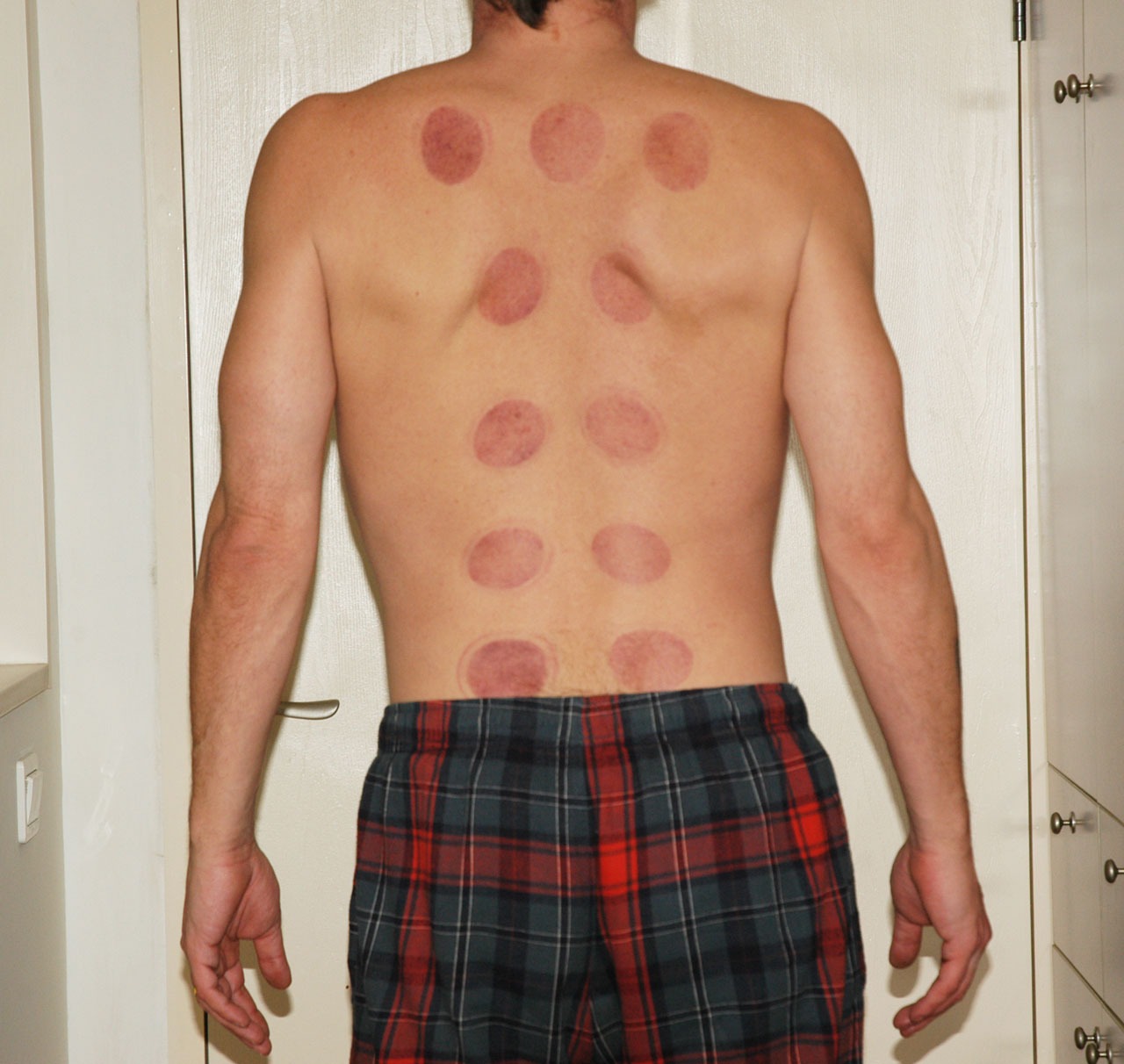What is Cupping Therapy?
Cups. Rubbing alcohol. Heat. Suction.
These are neither the materials needed for a weird, awesome science experiment nor are they ingredients for a wondrous gastronomical invention. These are, in fact, the tools needed for a health therapy that the media claims has emerged in recent years among celebrities.
Just what is this media dubbed “health fad”? Otherwise known as Chinese cupping, practitioners of this acupuncture-like treatment claim it helps to alleviate symptoms of various pulmonary diseases, lessens muscle pain, and simply provides benefits to an individual’s overall mental and physical health.
The History of Cupping
Cupping has been used in China for thousands of years. In the past, hollow sections of cattle horns, or bamboo boiled in water, were applied and suctioned on an individual’s back to draw out pus from boils. Over time, people discovered that the treatment was also helpful in treating other diseases and thus cupping transitioned into the therapeutic treatment that we see today.
What is Modern Day Cupping Like?
The modern version of cupping involves the use of either glass/bamboo jars or electronic pumps as suction devices placed on an individual for 5-10 minutes. Similar to acupuncture, these “cups” are placed on the body along the pathways in which vital energy flows. The treatment is thought to target these pathways and open up the channels to allow the smooth flow of vital energy. It is believed that this increased flow of vital energy, combined with the opening of the pores, clears toxins and other blockages in the veins and arteries, thereby providing relief from whatever ailment the individual is suffering from.
Is There Proof that Cupping Works?
There have been a multitude of studies conducted on cupping as a therapy for various diseases. One study examined the effectiveness of cupping on treating musculoskeletal pain. 52 patients with carpal tunnel syndrome (CTS), or numbness or tingling in the hand and arm caused by a compressed nerve in the wrist, were gathered and assigned them to two groups. One group was treated with cupping while the other group was treated with a simple heat application. Since heat is used in cupping to create a vacuum for suctioning, having the untreated group go through a heat application but no cupping allowed the scientists to eliminate heat as being one of the factors for any results that they may see. After 7 days, follow ups were conducted with each patient. The results indicated that those who underwent cupping had lower severity of CTS post treatment.
Another study on cupping explored its potential as treatment for shingles (rash or blisters caused later in life by chicken pox). For this study however, the researchers did not conduct an actual experiment. Instead, they looked through various studies already conducted and gathered and integrated all the data to determine the effectiveness of cupping. In total, the 651 patients were separated into four different groups: a cupping group, a placebo group, a group that went through typical medical treatment for the disease, and a group that received no treatment of any kind. The results demonstrated that cupping had cured more patients and improved symptoms in more patients than common medication did. Furthermore, those that went through cupping had lower incidences of postherpetic neuralgia (disease affecting nerve fibers and skin; often causes pain lasting after the disappearance of shingles rash). The aggregation of the data from various studies seem to support cupping as a treatment for shingles. However, we should also keep in mind that by combining the data from all these different studies, the results could be skewed.
Aside from exploring the effects of cupping on muscle pain and shingles, a study was also conducted on the effectiveness of cupping on tension and migraine headaches. 70 patients with chronic tension or migraines were treated with cupping. After 3 months, the patients reported fewer headaches per month, and lower severity of headaches.
Are there risks?
Looking at some of the studies conducted on cupping, it seems that this ancient Chinese treatment may be a viable treatment option. However, with any treatment, there are risks associated with it as well. Cupping can cause bruising and burning of the skin. Furthermore, with many Oriental medicines that involve physical manipulation, there may be plenty of studies conducted that demonstrate the effectiveness of the technique but there is very little physiological evidence (i.e. just how does the body react internally that can result in these benefits promoted by advocates of cupping therapy?) to support the treatment. Without physiological evidence it becomes difficult to eliminate the chance that lifestyle, diet, etc. may factor into the effectiveness of the treatment.
Should we write out cupping completely? Probably not. While there are medical experts who denounce cupping, as indicated above there are other scientists who are more comfortable and open to it as a possibility. Alternative medicine, like cupping, cannot entirely replace modern medical treatment, but for some individuals it can be an excellent means of facilitating a faster and more comfortable recovery from any ailment.
Feature Image Source: Public Domain Pictures










